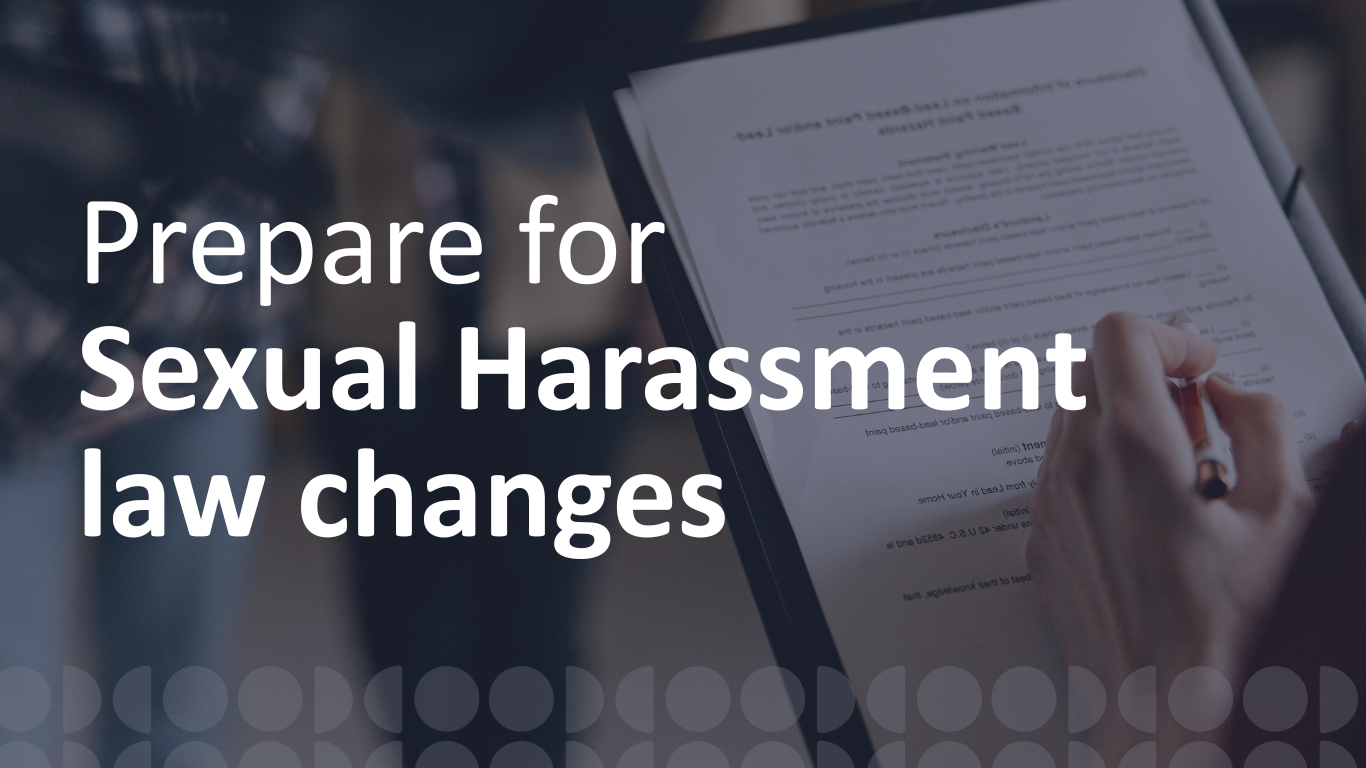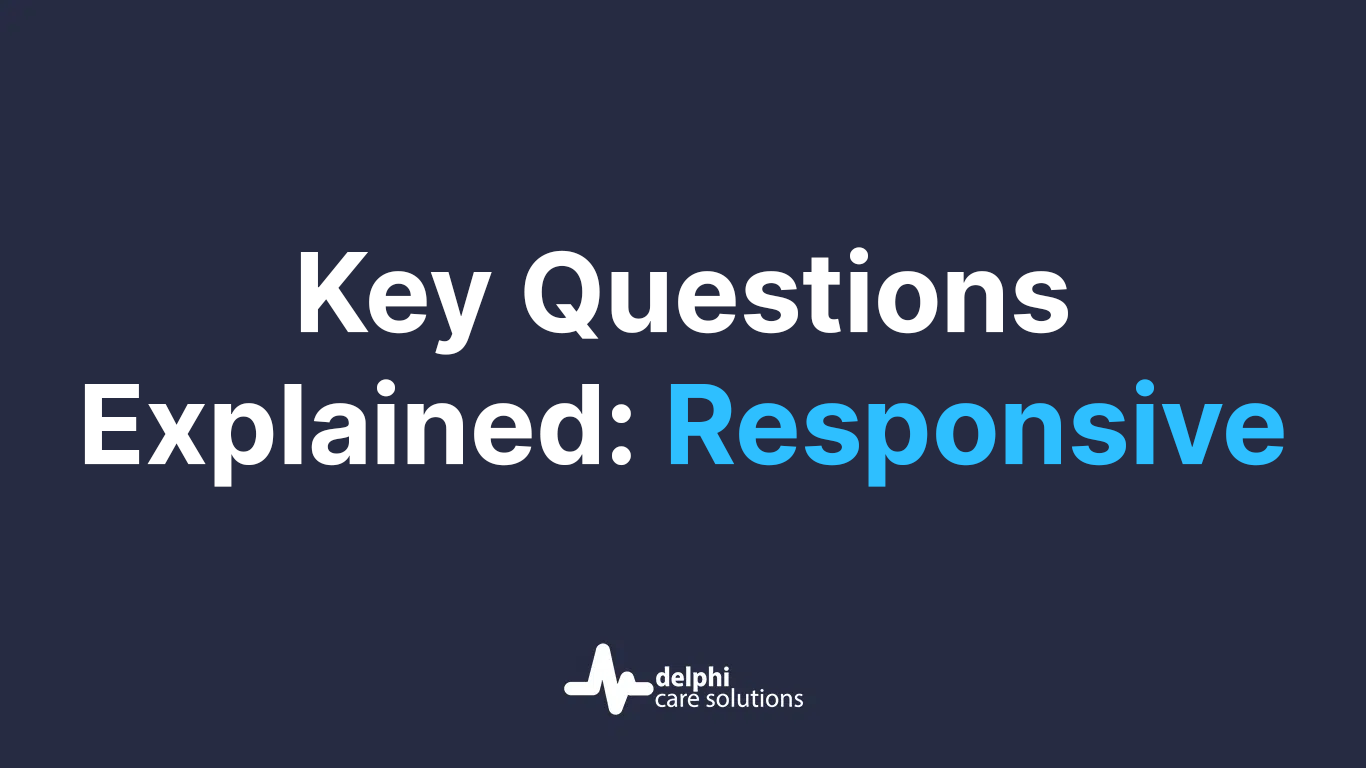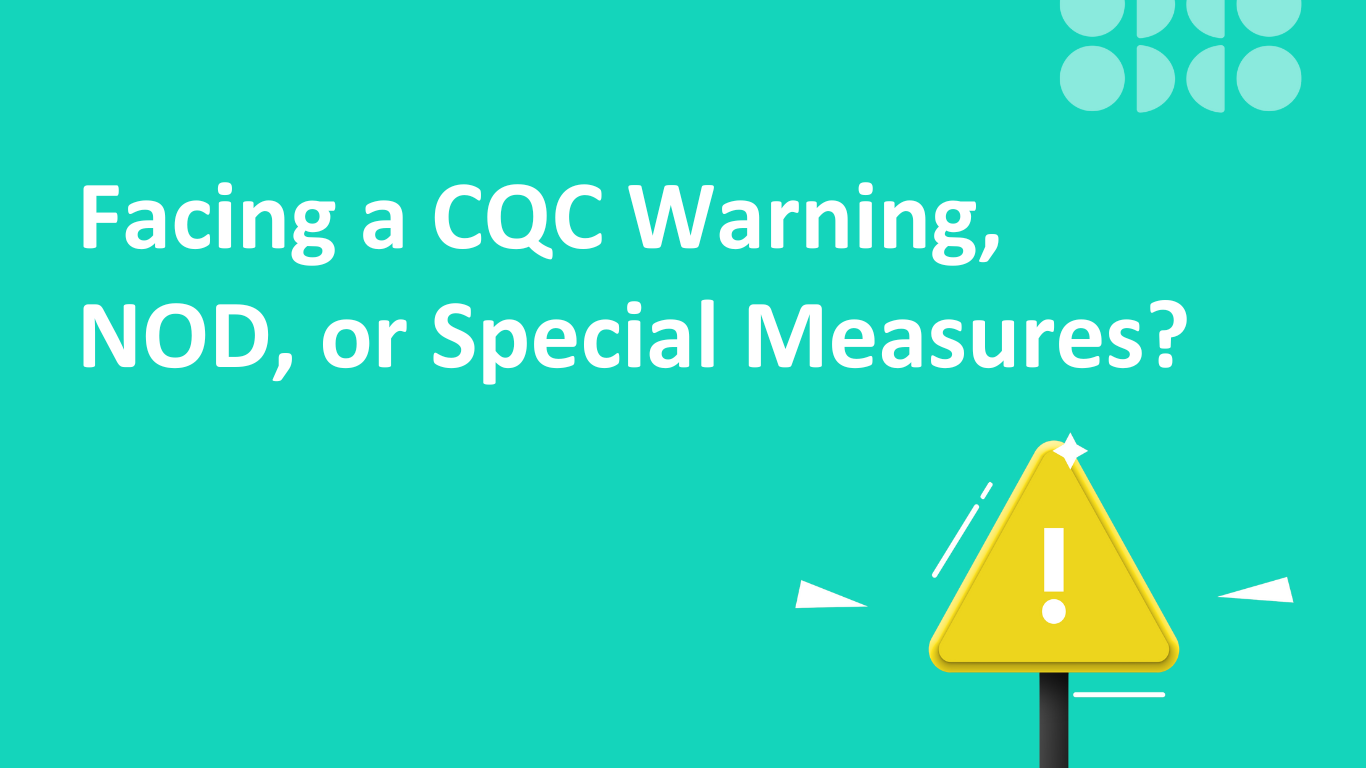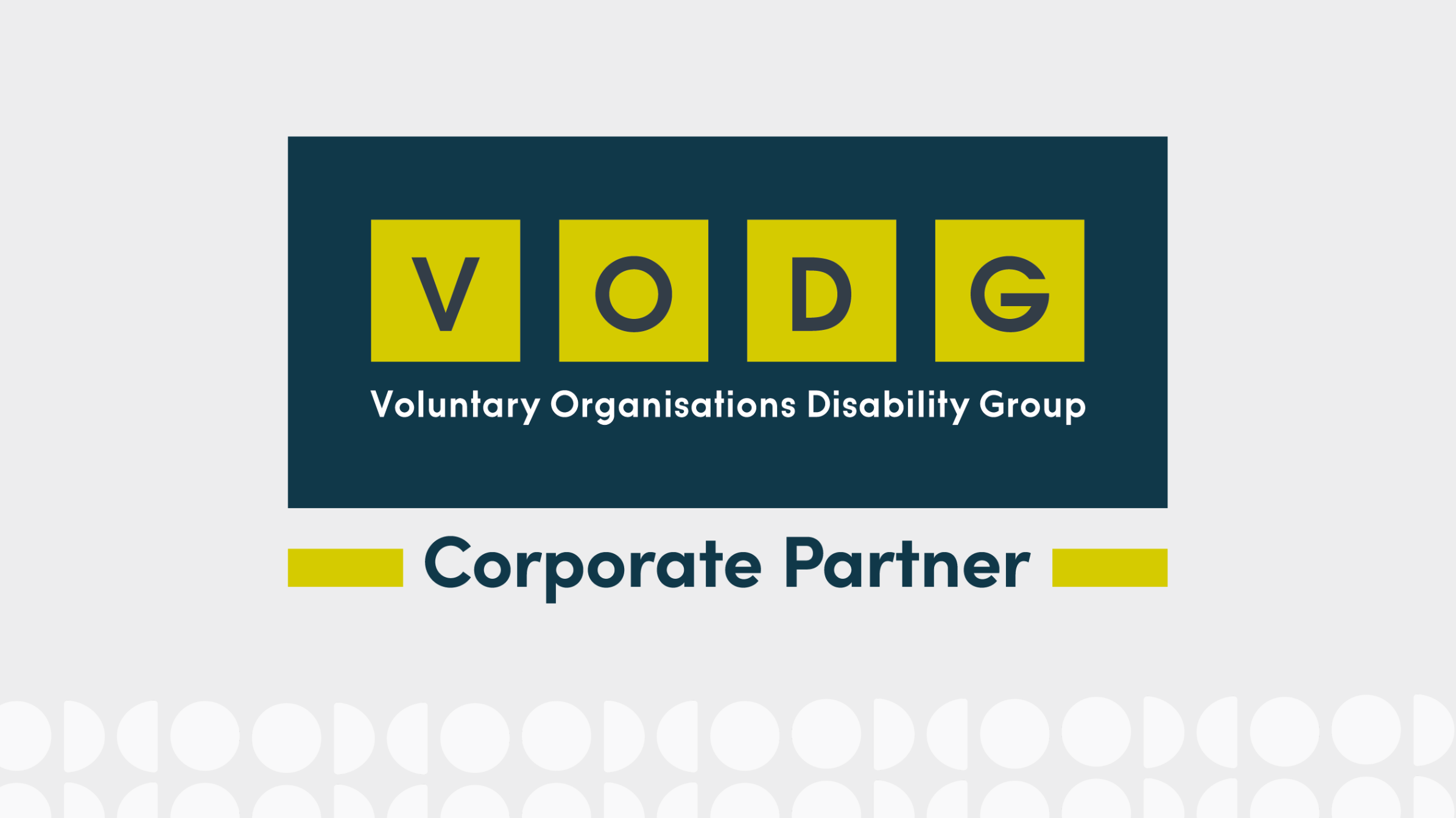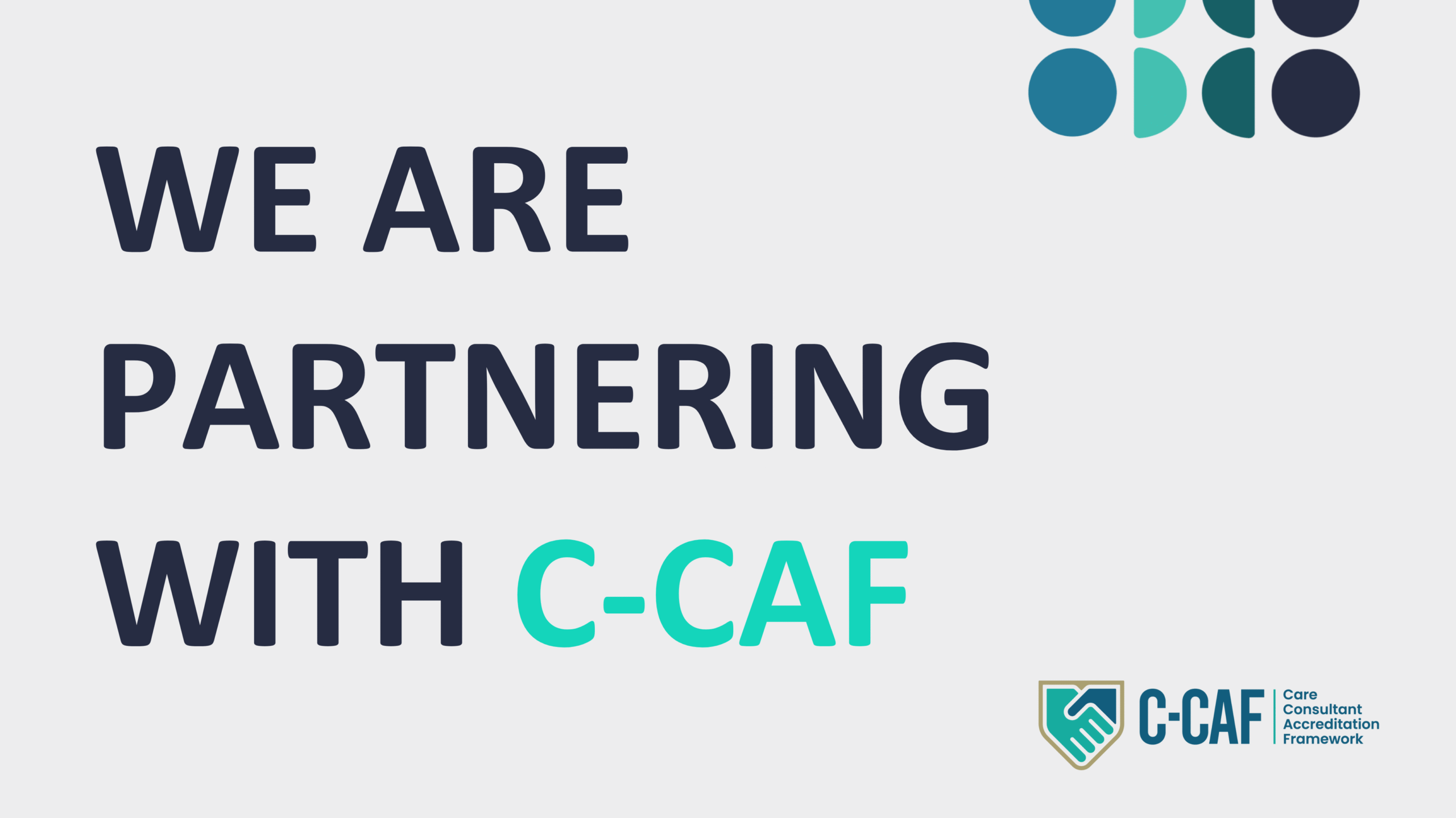CQC PIR Explained: How to Complete Your Provider Information Return with Confidence

Completing a CQC PIR, or Provider Information Return, can feel like a daunting task. Especially when you’re juggling day-to-day operations, staffing pressures, and regulatory changes. At Delphi Care Solutions, we know that providers often feel unsure about how much detail to include, what evidence to attach, or how the PIR will actually be used by inspectors.
In this blog, we look at the PIR process and offer clear, practical guidance to help you complete it with clarity and confidence. Whether you’re a first-time submitter or looking to improve your next return, this guide is designed to help you take control of your CQC inspection preparation.
What is a CQC PIR (Provider Information Return)?
The Provider Information Return (PIR) is a structured form the Care Quality Commission (CQC) sends to registered adult social care providers ahead of an inspection. Its purpose is to gather up-to-date information about your service — covering everything from capacity and staffing, to leadership, improvements, and how you meet the five key questions:
Is your service safe, effective, caring, responsive, and well-led?
The PIR is typically emailed to the nominated individual or registered manager via the CQC portal and must be completed within a strict deadline, usually 10 working days. While it’s not scored in itself, it shapes the inspector’s lines of enquiry and provides context that directly influences your inspection and rating.
What Does the PIR Cover?
The PIR is split into quantitative data and qualitative narrative and varies slightly depending on the service type. Expect to provide:
Key Areas:
- Service Overview: Type of service, number of people supported, capacity.
- People’s Experience of Care: Complaints, compliments, safeguarding incidents.
- Staffing: Numbers, training, turnover, supervision.
- Leadership & Governance: Quality assurance, audits, regulatory breaches.
- Improvements: What’s changed since your last inspection.
- IPC Measures: Hand hygiene, PPE, isolating procedures, vaccination programmes, and training and monitoring.
Each narrative section links to one or more of the CQC’s five key questions, so it’s vital to think holistically and show how you’re meeting quality standards.
Common Challenges When Completing a PIR
Even experienced managers find PIRs stressful — not because they lack knowledge, but because it can be difficult to articulate what’s working well under pressure. Common challenges include:
- Limited time to compile data and write narratives.
- Wording uncertainty. Not knowing how much to say or how to phrase it.
- Gaps in evidence, e.g., audits or feedback not fully documented.
- Worrying about contradictions, especially if issues have occurred.
- Using vague language that doesn’t support your strengths.
How to Complete Your PIR with Confidence
Follow these practical steps to submit a clear, effective PIR that reflects your service accurately and puts your best foot forward ahead of inspection.
1. Start Early
Don’t wait for the PIR email. Begin collecting data and examples in a working document. This gives you time to review, discuss with your team, and respond confidently.
2. Make It a Team Effort
Involve your Registered Manager, Nominated Individual, and key team leads (e.g. HR, training, quality assurance). This builds a well-rounded picture and avoids blind spots.
3. Use Evidence-Based Examples
If you state your service is “well-led” or “responsive,” back it up. Include data, real examples, audits, surveys, and feedback. Avoid general claims and focus on specific actions and outcomes.
For example, “92% staff received dementia training in last 12 months”.
4. Align with the 5 Key Questions
Every answer should map clearly to one or more of the five KLOEs: Safe, Effective, Caring, Responsive, Well-led. Use the language of the framework to guide your wording. Show how you are working towards or maintaining Good or Outstanding.
5. Be Honest
Don’t over-polish. If you’ve had issues, explain how you’ve addressed them. Inspectors value self-awareness and learning, not perfection. Make sure information is evidence based, and concise.
6. Keep a Copy of Your PIR
Once submitted, save a full copy (PDF or Word) for your team. You’ll need this when preparing for your inspection interviews.
What Happens After You Submit Your PIR?
Once you’ve submitted the PIR via the CQC portal, it’s reviewed by your inspector in advance of their visit. They’ll use it to:
- Understand your service’s current position and context.
- Identify areas to probe further on inspection.
- Assess your leadership insight and responsiveness.
It’s essential that what’s written in your PIR matches what inspectors see in practice, especially around quality improvement and risk management.
PIR Mistakes to Avoid
Avoid these common pitfalls:
❌ Submitting generic, copy-pasted answers.
❌ Leaving out negative incidents without reflection.
❌ Not involving the team in shaping answers.
❌ Failing to connect your evidence to CQC’s framework.
❌ Missing the deadline. Always submit on time.
Conclusion
Your PIR isn’t just a compliance task. It’s an opportunity to present your service’s strengths, improvements, and leadership journey. With early preparation, honest self-assessment, and clear evidence, you can complete your PIR with confidence and give your upcoming CQC inspection the best possible foundation.
Need extra support?
We can help you with our PIR review and coaching services. To receive support completing the Provider Information Return (PIR) accurately, get in touch. We’ll be happy to help!

